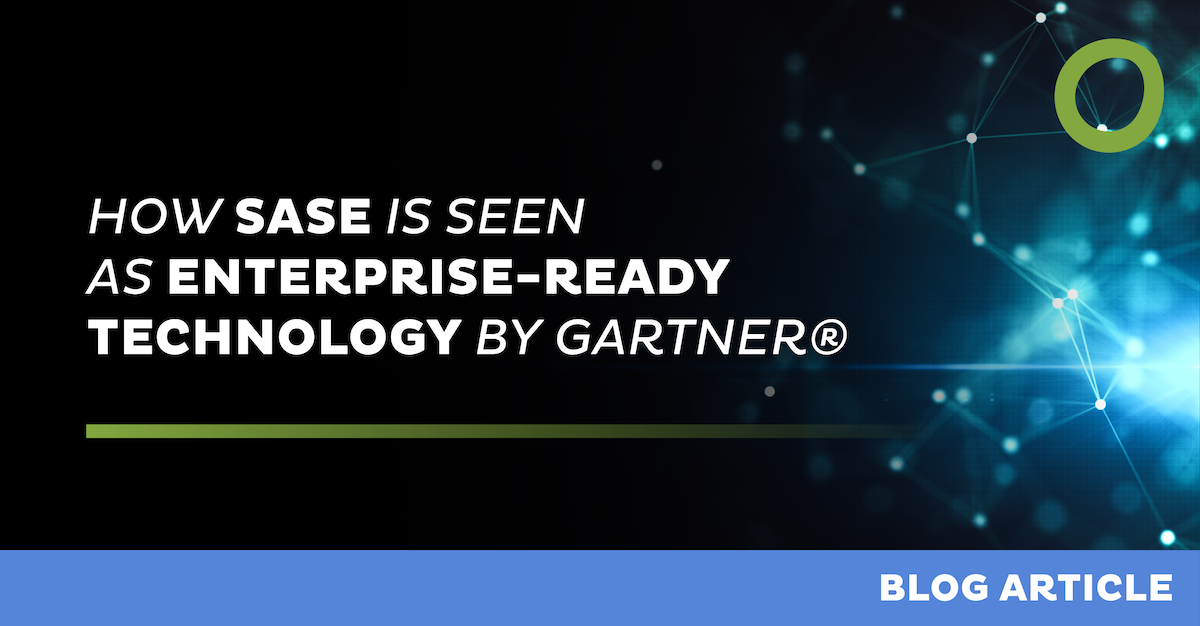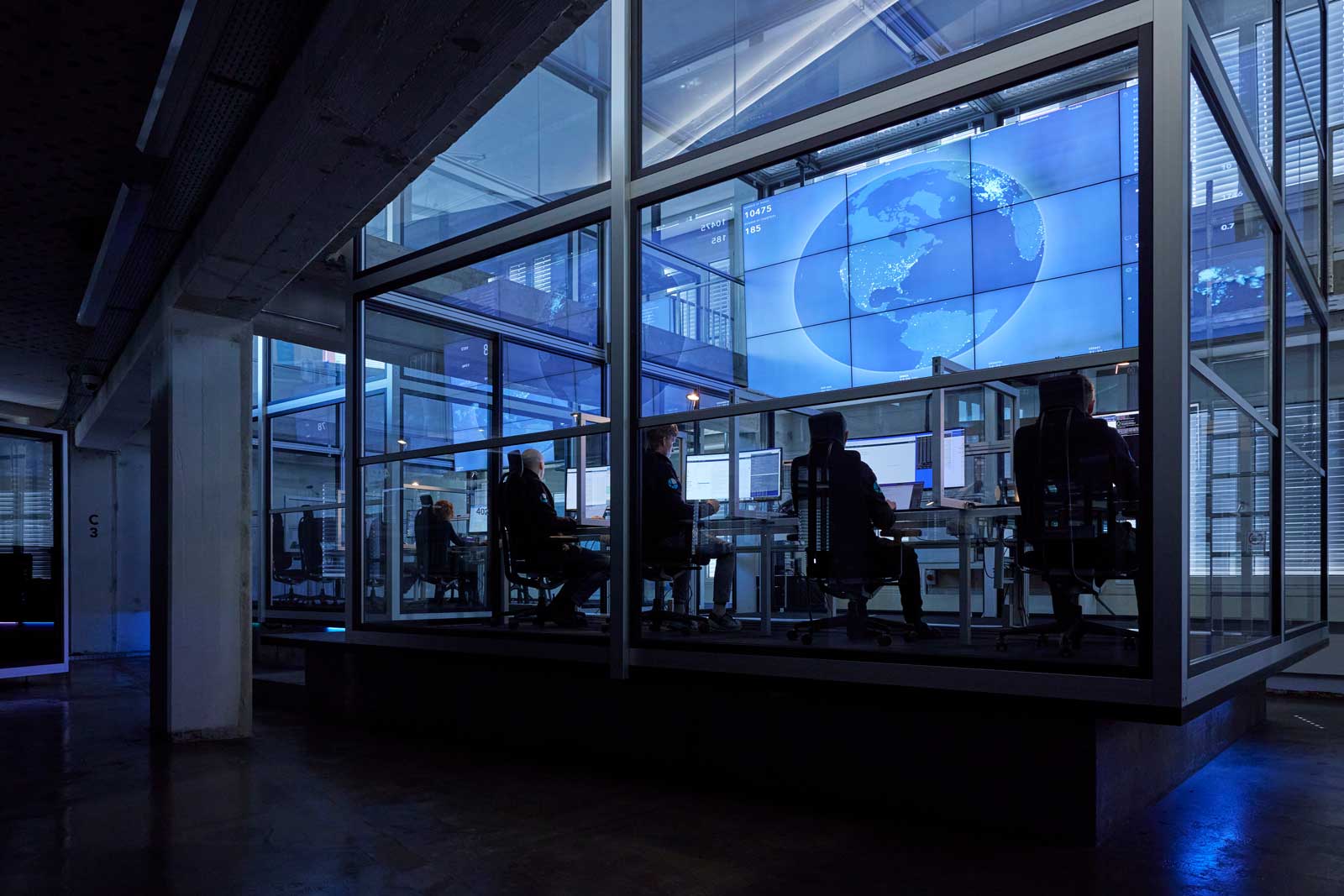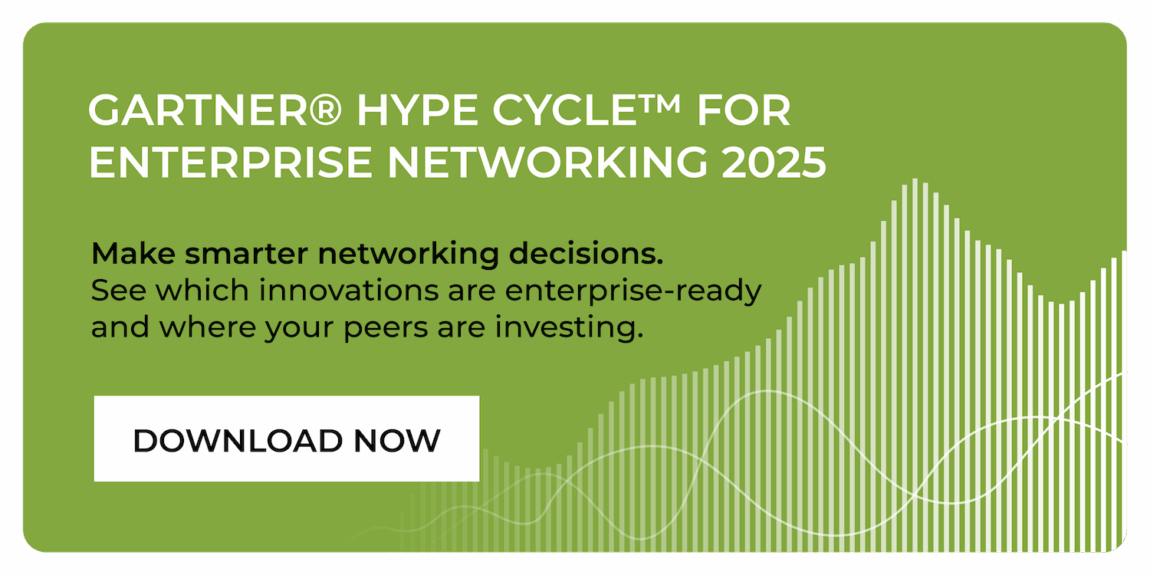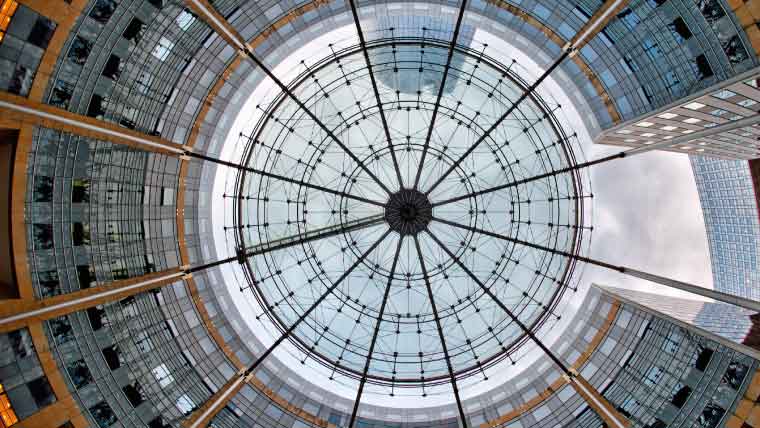
How SASE is seen as an Enterprise-Ready Technology by Gartner®


As digital transformation accelerates and hybrid work continues to redefine enterprise boundaries, Secure Access Service Edge (SASE) is no longer a future goal — it’s a present-day imperative. According to the recent Gartner® Hype Cycle™ report in Enterprise Networking, “SASE is no longer a ‘nice to have’ but is rapidly becoming a critical framework for modern cybersecurity and networking architecture.”
So, why is SASE gaining momentum?
The Rise of SASE: What’s Driving the Surge
SASE is gaining traction because enterprises need a more unified approach to security and networking. Traditional architectures are too fragmented to support the agility, scalability, and security demands of today’s distributed workforces and cloud-first environments.
Gartner® notes several driving forces behind this momentum:
- Consolidation of technologies: Organizations are actively looking to simplify their security stack by converging networking and security capabilities — a core tenet of SASE.
- Cloud adoption: As more workloads move to the cloud, legacy perimeter-based models fall short. SASE enables secure, direct-to-cloud access from any location.
- Work-from-anywhere culture: With users, devices, and applications spread across the globe, enterprises need scalable, location-independent access — something SASE is purpose-built to deliver.
How Gartner Defines SASE’s Core Capabilities
Gartner® defines SASE as the convergence of wide area networking (WAN) and network security services like SWG (Secure Web Gateway), CASB (Cloud Access Security Broker), ZTNA (Zero Trust Network Access), and FWaaS (Firewall as a Service) into a single, cloud-native service model.
This convergence allows organizations to enforce consistent security policies, reduce complexity, and enhance performance regardless of where users or apps reside.
Buyer Demand Signals a Shift
One of the most compelling signals Gartner® highlights is the strong buyer demand for single-vendor SASE solutions. In fact, by 2026, Gartner predicts that “60% of new SD-WAN purchases will be part of a single-vendor SASE offering, up from 15% in 2022.”
This significant shift shows that organizations are prioritizing ease of deployment, integrated policy control, and vendor simplicity — advantages that single-vendor SASE models can deliver.
Navigating the Vendor Landscape
The report also emphasizes the importance of evaluating SASE vendors based on their ability to deliver both networking and security capabilities — not just as a bundled offering, but as deeply integrated solutions designed from the ground up for convergence.
Gartner® recommends that companies carefully evaluate the global presence and maturity of vendors’ architectures to ensure consistent policy enforcement and a consistent user experience at scale.
SASE’s Role Now and In the Future
As SASE continues to evolve from concept to critical infrastructure, its role in securing modern, agile enterprises will only grow. Organizations that embrace this convergence early — particularly through single-vendor approaches — will likely be better positioned to meet tomorrow’s connectivity and security challenges head-on.
The Gartner® perspective reinforces that SASE isn’t just trending — it’s transforming the way enterprises think about security and networking in an increasingly borderless world and with cross-functional alignments.
Explore the Gartner® Hype Cycle™ for Enterprise Networking 2025 Report
Interested in learning about other enterprise-ready network trends and innovations? Download the full Gartner® Hype Cycle™ for Enterprise Networking 2025 report to see what your peers are investing in and what’s paying off.
Gartner does not endorse any vendor, product or service depicted in its research publications and does not advise technology users to select only those vendors with the highest ratings or other designation. Gartner research publications consist of the opinions of Gartner’s research organization and should not be construed as statements of fact. Gartner disclaims all warranties, expressed or implied, with respect to this research, including any warranties of merchantability or fitness for a particular purpose.
GARTNER is a registered trademark and service mark of Gartner and Hype Cycle are a registered trademark of Gartner, Inc. and/or its affiliates in the U.S. and internationally and are used herein with permission. All rights reserved.
Leave Complexity
Behind
To learn how Open Systems SASE Experience can benefit your organization, talk to a specialist today.
Contact Us




